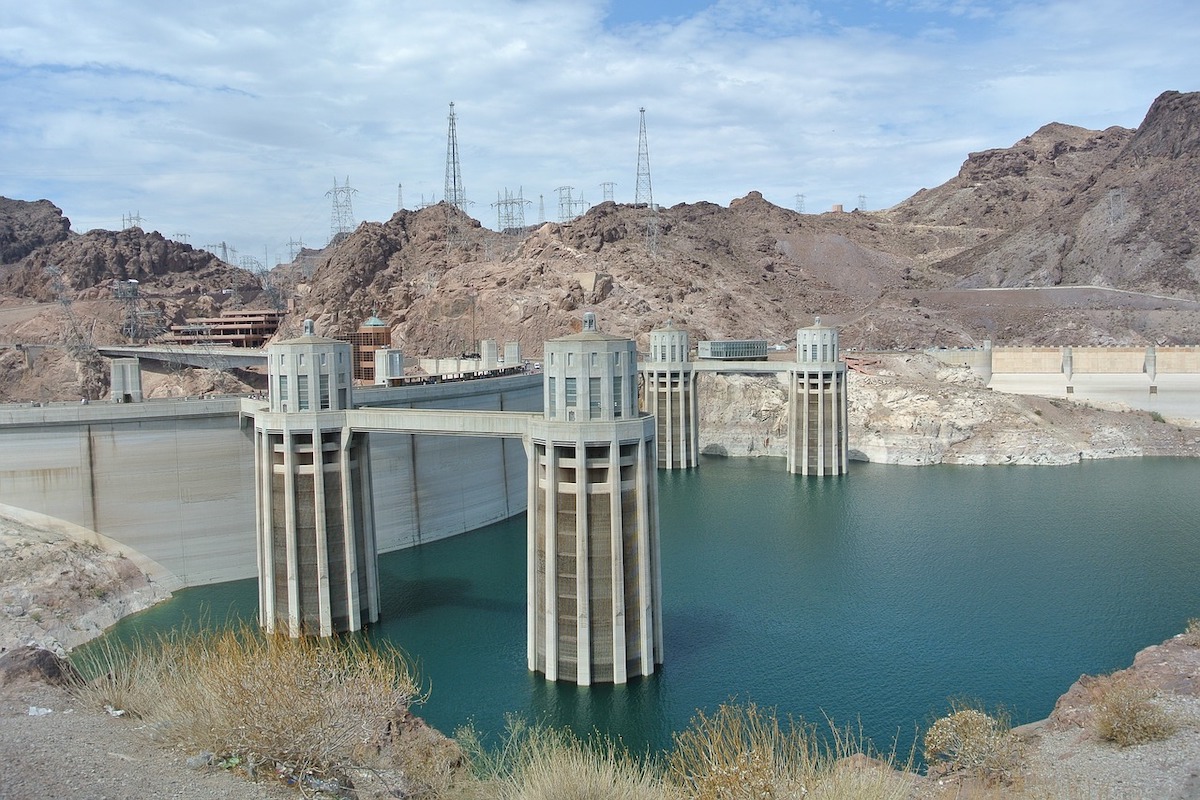
Renewable energy sources like wind and solar are fast catching up with evaporating hydroelectricity. It still remains the biggest share of global electricity. In the 20th century, hydroelectricity was that large it was called the white coal for its power supply. Hydroelectricity was the first and simplest generation of electricity technology. This has served as a means to maintain or save enormous amounts of electricity that otherwise causes immense wastage. The introduction of hydroelectric power in various industries have now been adopted popularly to ensure effective and efficient power and electricity management. This has known to cut down the waste of costs by a massive extent that the difference is known.
The first production utilised granite blocks, timber and the low dam of rock construction in order to gather the water from the surface runoff area and the rainfall into the reservoir. The water was then channelled to a pipe and then to a turbine. The channelled water then fell onto a turbine blade spinning around the connected shaft. This shaft was connected to a nitrogen generator standing by which would produce the electricity when it was rotated. Since then the technology has grown by bounds and leaps and water is mainly collected from flowing rivers and falling waters. The technology that is used today is diversion, impoundment and pumped storage hydropower.
Taking the energy from the flowing water and converting it into electricity is called hydroelectricity. The water that is used to create the electricity flows from a higher elevation down to a lower elevation. The hydro powerplant is nearby and it then utilises the turbines ad the generators in order to convert this motion into the electricity. Hydroelectricity is classified as a renewable energy source simply because of the water. The water vaporises into clouds and then it recycles back to the surface of the earth simply as precipitation. The water cycle is continuous so it can be utilised to generate power over and over.
The pros of hydroelectricity
It is a renewable energy source
This type if electricity energy is renewable. It uses water to produce electricity. The sun then shines, and the water will evaporate and form clouds which then falls back onto the earth as rain.
A clean energy source
This type of power is green and clean. Using hydroelectricity is not contaminating itself. The energy that is produced by the hydropower power plants doesn’t create greenhouse gasses or toxins. Hydroelectricity improves the air quality that we are breathing in and they don’t emit air pollutions.
Cost competitive energy sources
Hydroelectric power is very cost-competitive energy sources although the upfront building costs are high. River water is an endless resource that will not be affected by market volatility. Fossil fuel-based energy sources like oil, coal and natural gases are affected greatly by the market which will drive up their low costs.
The cons
Environmental damage
Interrupting the natural water flow can affect the river ecosystem greatly and the environment. Fish species and water creatures will migrate when they have a food shortage or during the breeding season. Buildings can cut off the path that leads to a lack of reproduction and the death of the species.
High upfront capital costs
The power plants can be expensive to build, and it doesn’t matter what type you are building. Hydroelectricity plants are expensive to build due to their logistical challenges like laying foundations underwater and the topography along with the materials such as water chillers used to make it. Hydroelectricity will need to operate for a long time in order to get back the money injected into its construction.





